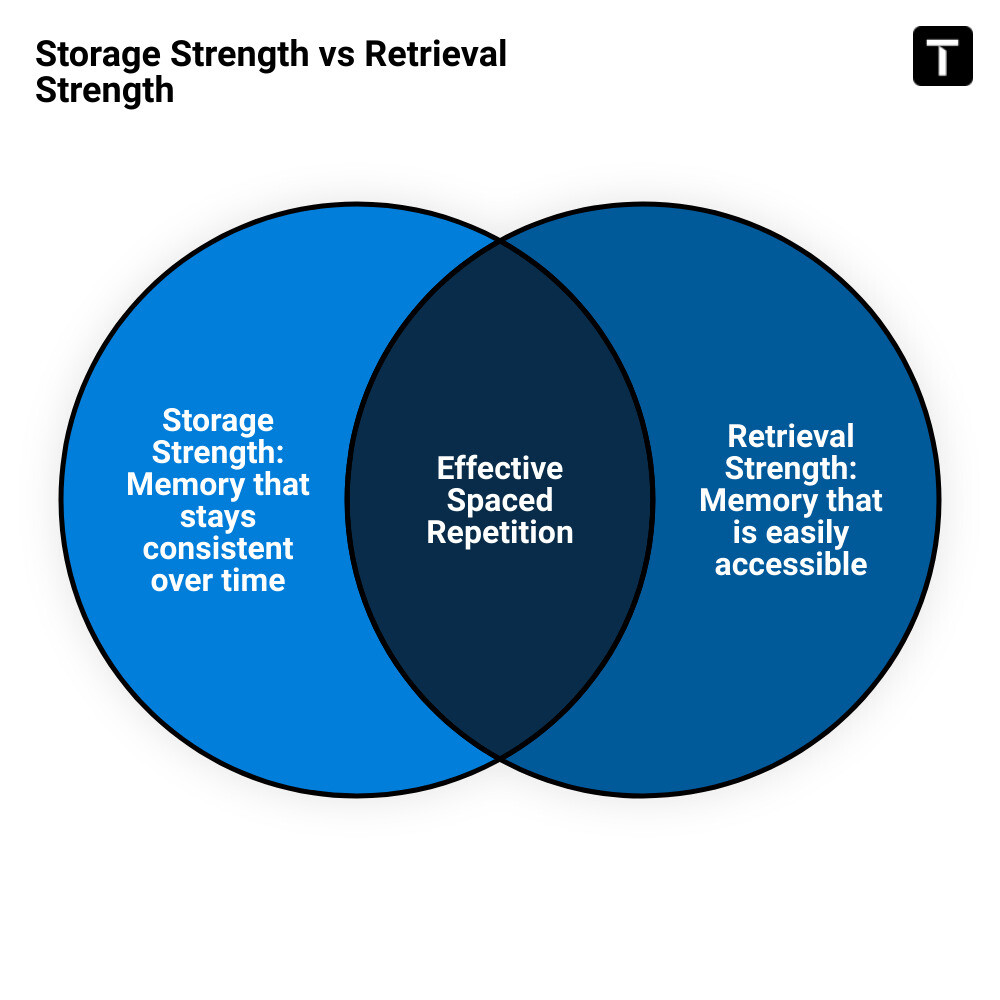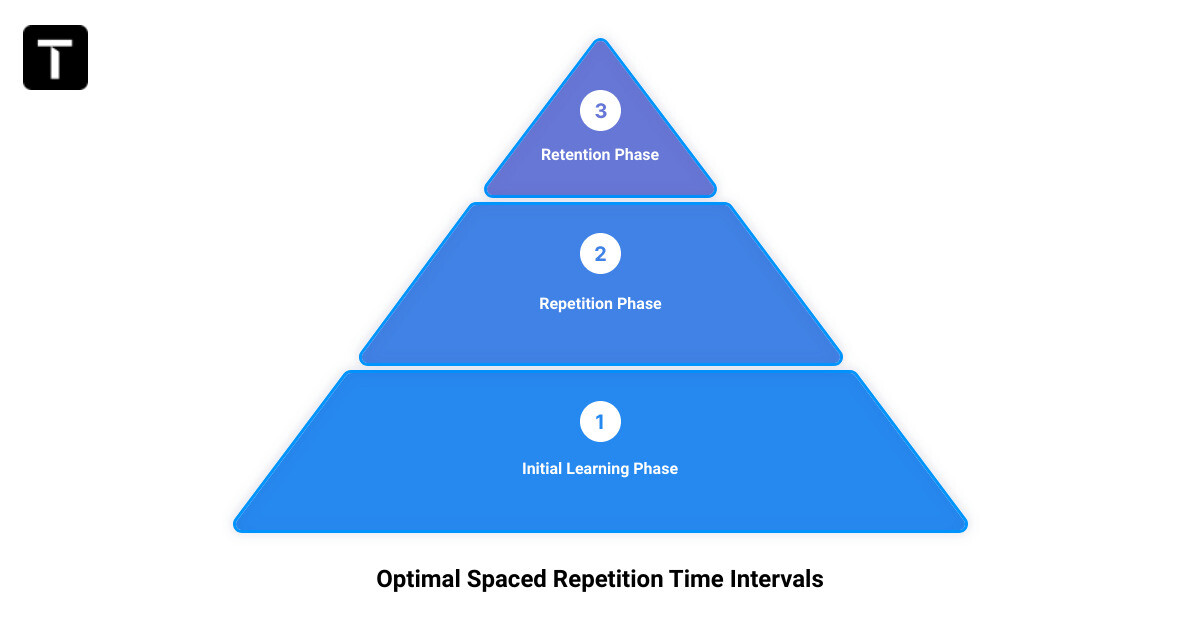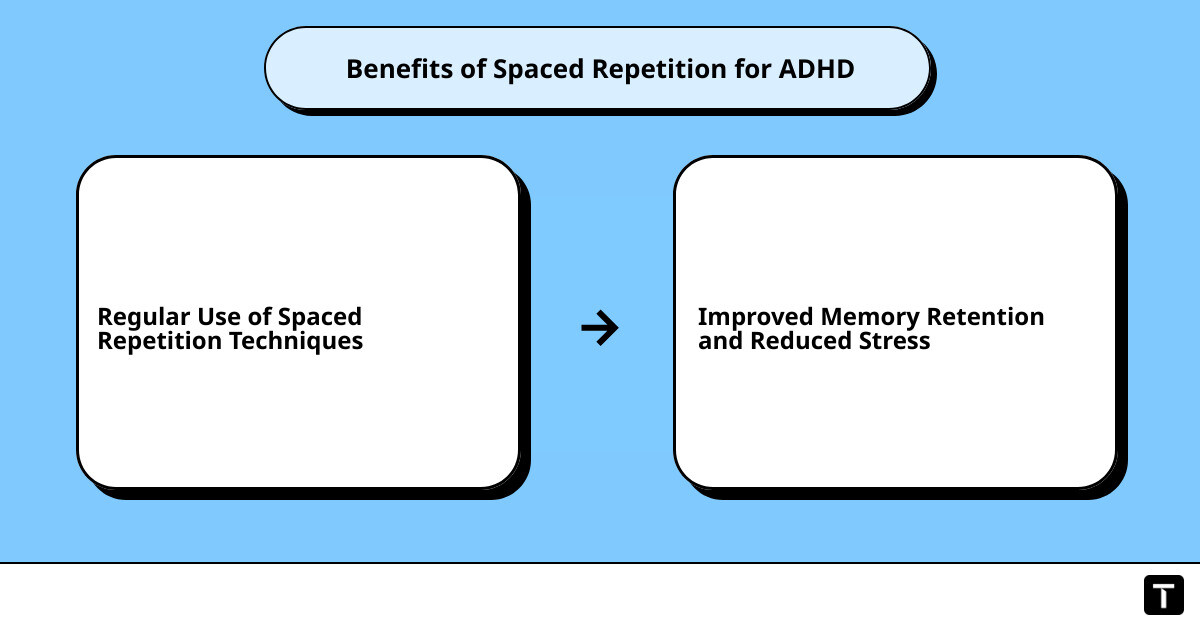Unlock the power of your brain and supercharge your learning with the fascinating science behind spaced memory repetition. Whether you're a student grappling with complex subjects, a professional gearing up for a big presentation, or a Mandarin learner trying to master Chinese characters, this method promises to revolutionize how you retain information.
Spaced memory repetition, an evidence-based learning technique, leverages the natural rhythms of your brain to boost memory recall and knowledge retention. Pioneered by 19th-century psychologist Hermann Ebbinghaus, this method involves reviewing and recalling information at optimal spacing intervals until the information is deeply embedded in your long-term memory.
So, why does it work? It all comes down to the cognitive science behind learning. Our brains are not static storage units, but dynamic systems that respond to the rhythms of repetition and rest. By understanding these rhythms, we can optimize our learning, making it more efficient, effective, and enjoyable.
In this article, we're going to demystify the cognitive science behind spaced memory repetition, explore practical techniques and tools to implement it, and look at the far-reaching benefits of this powerful learning method. If you're ready to transform your learning process and elevate your memory retention to a whole new level, let's delve into the fascinating world of spaced memory repetition.
Understanding Spaced Repetition: A Deep Dive into the Science
Learning is a journey, and like any journey, it can be made more enjoyable and efficient with the right tools and techniques. Spaced repetition is one such tool, a scientifically-backed method that supercharges your learning process. Let's get under the hood and understand the cognitive science behind it.
The Spacing Effect: How Our Brains Learn More Effectively Over Time
First on our expedition is the spacing effect - a principle suggesting that our brains learn more effectively when we space out our study sessions over time. Picture this: you're building a brick wall. If you stack the bricks too quickly without letting the mortar dry, your wall will likely crumble. Learning operates on a similar principle. By allowing time between study sessions, our mental 'mortar' gets a chance to dry, solidifying the knowledge. Rushing this process often leads to ineffective results, much like a hastily built wall.

Storage Strength vs Retrieval Strength: The Two Different Strengths of Memory
Our memory is a bit like a vast library, with two strengths at play: storage strength and retrieval strength. Storage strength is about how well the information is embedded in our memory. It doesn't fade over time and can only be strengthened through repeated recall or use. Retrieval strength, on the other hand, is about how easily we can access that memory. It's more fragile and fades over time unless maintained through regular recall. In our library analogy, retrieval strength is akin to having a well-maintained catalog that helps you locate the books you need.
The "Forget to Learn" Theory: The Role of Forgetting in Learning
Now, here's a twist: forgetting is not a bug, but a feature. The "Forget to Learn" theory suggests that a certain degree of forgetting is necessary for us to strengthen learning when we revisit the material. Without some forgetting, there's no benefit from further study. It's this process that allows learning to build, much like an exercised muscle. So, when you forget something, don't fret. It's just your brain creating room for stronger learning.
Maximizing Desirable Difficulty: The Key to Optimal Learning
Our exploration concludes with a principle called desirable difficulty. Coined by psychologist Robert Bjork, it suggests that learning is most effective when it poses a challenge but isn't so hard that it becomes overwhelming. Spaced repetition, with its increasing intervals of review, provides just the right amount of challenge to keep us engaged and optimize our learning. It's like a workout for your brain, where the intensity increases gradually, pushing you to your limits but not beyond.
In essence, understanding these concepts of the spacing effect, the dual strengths of memory, and the role of forgetting in learning can help you harness the power of spaced repetition for more effective learning. It's time to bid farewell to cramming and welcome a smarter, more sustainable approach to learning.
The Practical Application of Spaced Repetition: Techniques and Tools
Unlocking the mysteries of the mind and memory isn't just an exercise in understanding. It's about practical application. By understanding how spaced repetition works, we can leverage this knowledge to enhance our learning and retention. Let's explore some of the most effective techniques and tools for applying spaced repetition.

Optimal Spaced Repetition Time Intervals: When to Repeat for Maximum Retention
Timing is of the essence when it comes to maximizing the benefits of spaced repetition. Wozniak's algorithm suggests approximate gaps between study sessions based on the time left until a test. For instance, if you have a test in a week, your first study session should be today, followed by another one in 1-2 days, and a third session the day before the test. This pattern continues with longer gaps for tests further in the future, such as a week gap for a test in a month, or a month gap for a test in a year. Remember, these intervals are not set in stone but are a solid starting point for creating your study schedules.
The Leitner System: A Simple Way to Implement Spaced Repetition with Paper Flashcards
If you prefer old-school methods, the Leitner system is an easy and effective way to incorporate spaced repetition into your flashcard study sessions. In this system, each flashcard starts in the first box. As you correctly answer a card, it moves to the next box with a longer study interval. If you answer incorrectly, the card goes back to the first box for more frequent review. This way, you ensure you're revisiting challenging material often, reinforcing your understanding and memory.
Anki: A Popular Spaced Repetition App for Customizable Learning
For those who prefer digital solutions, Anki is a well-known spaced repetition software app. It's popular for its large community of users who share decks and its high level of customizability. Anki is based on the SM-2 algorithm from SuperMemo, allowing you to schedule your flashcards according to optimal intervals, making it a powerful tool for efficient and effective learning.
Traverse: A Learning App Combining Mind Mapping, Spaced Repetition Flashcards, and Connected Note-Taking
While Anki focuses purely on spaced repetition flashcards, Traverse goes a step further. It combines mind mapping, spaced repetition flashcards, and connected note-taking into a comprehensive learning platform. This combination encourages active recall and helps to strengthen neural connections, making it a potent resource for any lifelong learner, like you, who is on a journey to learn Mandarin or any other subject.
Remember, the key to successful learning is not just understanding the science behind it, but actively applying these principles. By embracing spaced repetition and using these techniques and tools, you're setting yourself up for a more effective, enjoyable, and efficient learning journey.
The Benefits of Spaced Repetition: From Vocabulary Acquisition to Alzheimer's Disease
As we delve deeper into the cognitive science of learning, we uncover surprising benefits of spaced repetition that stretch beyond basic memorization. This powerful method not only aids in the acquisition of complex languages like Mandarin but can also be a potential tool in combating memory impairments such as Alzheimer's Disease.
Spaced Repetition for Language Learning: A Case Study of Mandarin Chinese
Mastering the Mandarin language, with its intricate characters and tones, can be a daunting task. One of the most significant hurdles in learning Mandarin is the sheer volume of characters to remember. Enter spaced repetition: a learning technique that can significantly enhance your ability to remember and recall these characters.
Spaced repetition, with its emphasis on active recall and optimally spaced intervals, is a game-changer for Mandarin learners. It helps to embed these complex characters deeply into your long-term memory, increasing your efficiency in learning and retention. A study at the University of Leicester revealed that students who used a spaced repetition timetable scored an adjusted mean exam score of 70%, the highest among all groups. This evidence supports the potency of spaced repetition in enhancing recall, reducing study time, and ultimately, improving test results.
Moreover, the technique is not limited to character memorization. It can be equally beneficial for learning new vocabulary or practicing sentence structures. So, whether you're starting your Mandarin learning journey or looking to master the language, implementing spaced repetition can significantly bolster your progress.
Spaced Repetition for Memory Impairments: A Potential Aid for Alzheimer's Disease
Beyond the realm of language learning, the benefits of spaced repetition extend to memory management, specifically for individuals with memory impairments. Alzheimer's Disease, a progressive disorder that causes brain cells to waste away, presents a significant challenge in memory retention and recall. This is where spaced repetition could potentially provide aid.
While scientific research on this application is still ongoing, initial insights suggest that the principles of spaced repetition could help Alzheimer's patients reinforce their memory, making it stronger each time they review the information. The technique involves breaking down large tasks into smaller, manageable chunks, also known as chunking. This approach, combined with the predictable schedule of spaced repetition, can help improve focus, engagement, and ultimately, learning outcomes.
In essence, the benefits of spaced repetition are multifaceted and far-reaching. Be it mastering Mandarin or managing memory impairments, this technique holds significant potential in enhancing learning efficiency and long-term memory recall. Embrace the science of spaced repetition and unlock your memory potential.
Spaced Repetition and ADHD: A Special Focus
Discovering effective learning strategies can be particularly challenging for individuals with attention deficit hyperactivity disorder (ADHD). Traditional study methods often involve heavy cramming sessions, which may not be the most suitable approach for ADHD learners. The good news? Spaced repetition, with its proven effectiveness and science-backed principles, may be the game-changer that ADHD learners need for better memory retention and less stress.
The Challenge of Cramming for Individuals with ADHD
Many learners, regardless of whether they have ADHD or not, have fallen into the trap of cramming. The allure of covering vast amounts of information in one long study session can seem appealing, but the reality is that this approach often leads to fatigue, reduced retention, and increased stress. For individuals with ADHD, the challenge is even more pronounced. Given their difficulty in maintaining focus for extended periods, cramming can be an uphill battle, resulting in poor learning outcomes and added frustration.

The Benefits of Spaced Repetition for ADHD: Better Memory Retention and Less Stress
Enter spaced repetition, a learning technique that offers a more practical and effective alternative to cramming. Instead of trying to absorb all information in one go, spaced repetition involves spreading out study sessions over time. This approach not only aligns with the cognitive science principles of the Forgetting Curve and the Spacing Effect, but it also caters to the needs of ADHD learners.
The strategy of breaking down large tasks into smaller, manageable chunks, also known as chunking, can make the learning process more manageable for ADHD learners. This method, combined with the predictable schedule of spaced repetition, can help to improve focus and engagement, leading to enhanced learning outcomes. Moreover, rather than trying to maintain several hours of intense focus, which can be daunting for someone with ADHD, spaced repetition allows for shorter, more manageable study sessions spread over time. This, in turn, can significantly reduce stress levels.
In a study conducted at the University of Leicester, students who used a spaced repetition timetable scored an adjusted mean exam score of 70%, the highest among all groups. This result adds to the growing body of evidence highlighting the effectiveness of spaced repetition in improving memory recall and enhancing test results.
In conclusion, for ADHD individuals looking to improve memory recall, reduce study time, and lessen stress levels, spaced repetition can be an invaluable tool in their learning toolkit. By incorporating this technique into their study schedule, they can navigate the challenges of ADHD and unlock their full learning potential.
Conclusion: The Future of Learning with Spaced Memory Repetition
As we wrap up our deep dive into the fascinating world of spaced memory repetition, it's clear to see that this technique's influence on the future of learning is both promising and powerful. By working in harmony with our brain's natural forgetting curve, spaced repetition optimizes retention and recall, making it an indispensable tool for lifelong learners.

Ongoing Research on Spaced Repetition: The Quest for Optimal Learning
Just as an athlete continually refines their training regimen, the field of cognitive science is always evolving, unlocking new insights into how our brains learn. Ongoing research is continuously fine-tuning our understanding of spaced repetition, from the optimal intervals for review sessions to the balance between success and error rates. This commitment to scientific exploration ensures that spaced repetition remains at the cutting edge of effective learning techniques.
The Role of Spaced Repetition in the Future of Education and Training
The impact of spaced repetition doesn't stop at individual learners. Its potential to revolutionize education and training on a larger scale is immense. From language acquisition to corporate training programs, the principles of spaced repetition can be applied to increase efficiency and effectiveness. For instance, adopting spaced repetition in employee training programs can fill in learning gaps and ensure that important lessons are unforgettable.
Moreover, innovative platforms like Traverse are harnessing the power of technology to make spaced repetition more accessible and customizable than ever before. With integrated tools like mind mapping and connected note-taking, these platforms are not just keeping pace with the future of learning—they're helping to shape it.
So, whether you're diving into the complexities of Mandarin Chinese or any other subject, the future of learning powered by spaced memory repetition is not only promising but also within your grasp. It's time to unlock the power of retention and set yourself on the path to mastery. Remember, it's not about studying harder—it's about studying smarter. And with spaced repetition, you have the techniques to do just that.

